Research Update
Our research team is preparing to collect samples. If all goes well, we will head out to Cape Bird tomorrow to collect sediment samples at a control site. This is especially exciting since Cape Bird is near an Adelie penguin rookery. To prepare, Steve Sweet labeled sediment jars, Andrew Klein used a computer program to identify our sampling locations and Carl Green entered latitude and longitude coordinates into the GPSA Global Positioning System (GPS) is a satellite-based navigation system used to track the location or position of objects on the Earth’s surface. which we will use to find our sampling sites.
The Check Out Dive
Today, Terry Palmer, the benthic ecologist on our team, completed a check out dive with the United States Antarctic Program (USAP(abbreviation) United States Antarctic Program) dive supervisors. A check out dive is a short dive that ensures the diver is prepared for diving under the sea ice. Veteran divers made sure Terry was safe and ready for future dives.
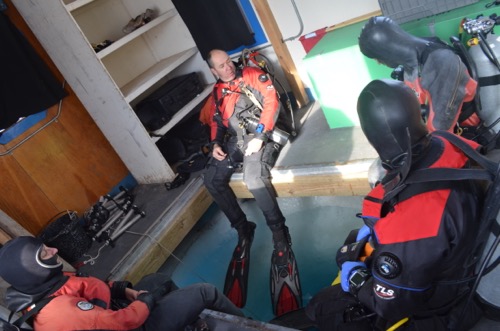
Insulation for the Frigid Water
Before Terry gets into the ice cold water, he has to make sure he is dressed properly. The water in McMurdo Sound is around -1.8 degrees Celsius. Water freezes at 0 degrees Celsius. Terry needs to make sure he is warm enough while he is underwater, so he wears insulated layers under his dive suit.
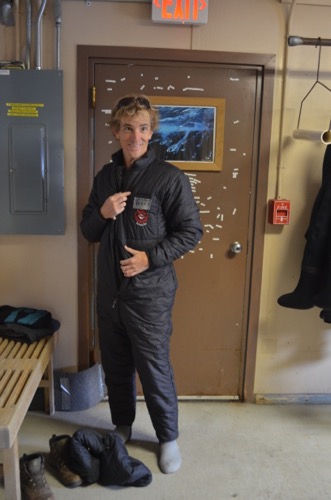
Critical Thinking
Why is the water in McMurdo Sound colder than the temperature of freezing fresh water (ice)? Write your thoughts in the "Ask the Team" section.
A Seal in the Hole
The check out dive occurs in the fishing hut, a heated room that sits on top of a diving hole near McMurdo Station. When we arrived at the dive hut, a Weddell Seal came up to say hello.
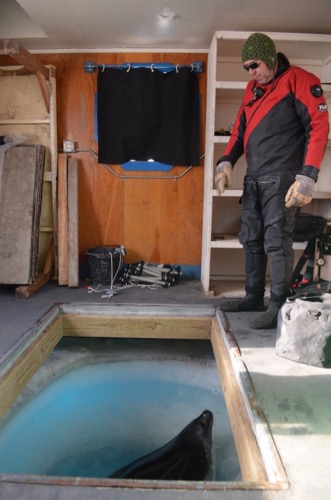
The Antarctic Treaty's Protocol on Environmental Protection requires humans not to interfere with animals in Antarctica unless it is for approved research. If the seal had decided to stay in the dive hole, we would have had to wait for it to leave before Terry could do his check out dive. Luckily the seal swam away after poking his head above water for a moment.
Looking Out from the Ob Tube
While the divers conduct Terry's check out dive, Carl Green and I took turns watching them from the observation tube, or "Ob Tube." The Ob tube is a giant cylinder that sits under the sea ice. You can climb down into the tube and sit in a small room with windows to look out into the sea. If you are lucky, you can see or hear seals and other interesting organisms swimming around.
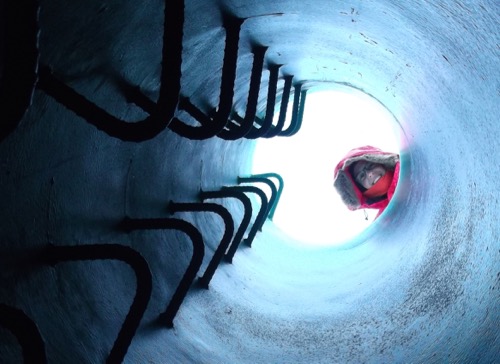
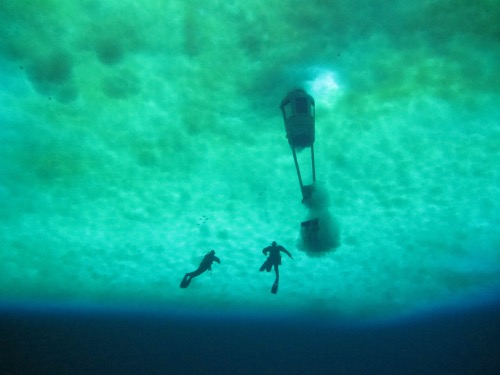
It is magical to be in the Ob Tube. You can hear the strange sounds of seals and watch curious, tiny sea-creatures float by. It is especially exciting to see Terry and Steve through the window!
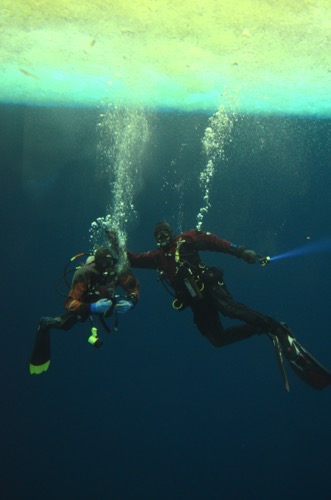
A Diver's Perspective
Although you can see many organisms as they float by, divers get to see the organisms on the sea floor. A veteran ice diver, John Heine, took the pictures below of sea life during the check out dive.
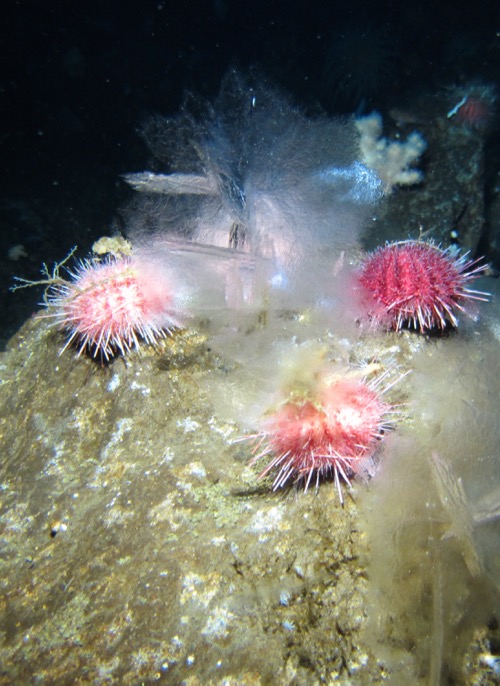
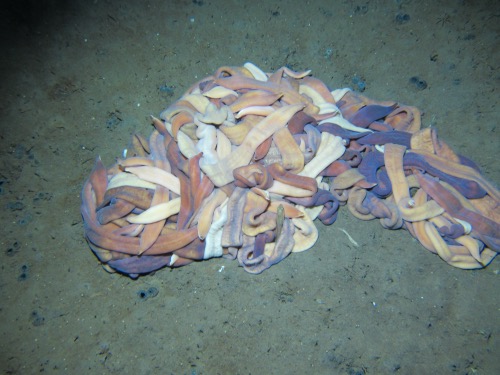
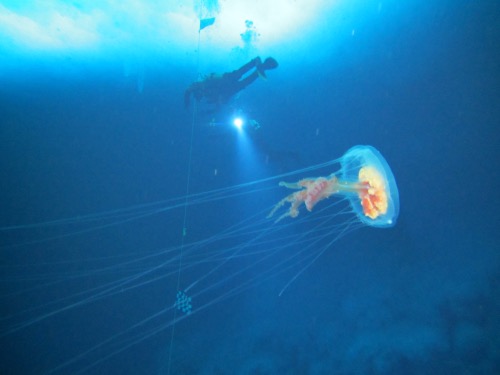
Ice Picture of the Day
Today's Ice Picture of the Day discusses a behavioral adaptation of Weddell Seals. You can download a PowerPoint Slide here: 9_icepod.pptx
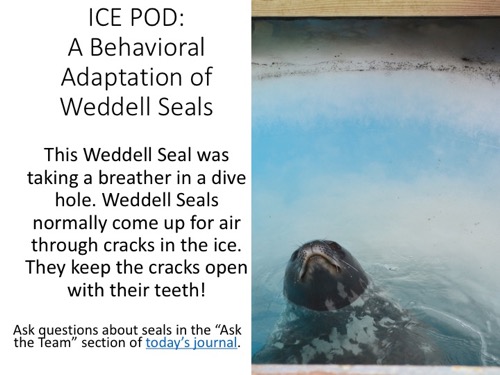
Brought to you by...
Today's journal was brought to you by students from Ms. Martinez's class in Eagle Pass ISD.
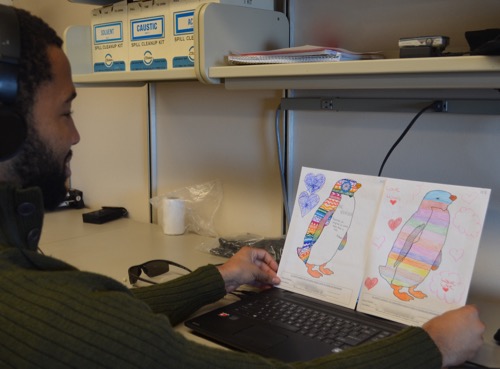
| Attachment | Size |
|---|---|
| 9_icepod.pptx217.1 KB | 217.1 KB |

Comments